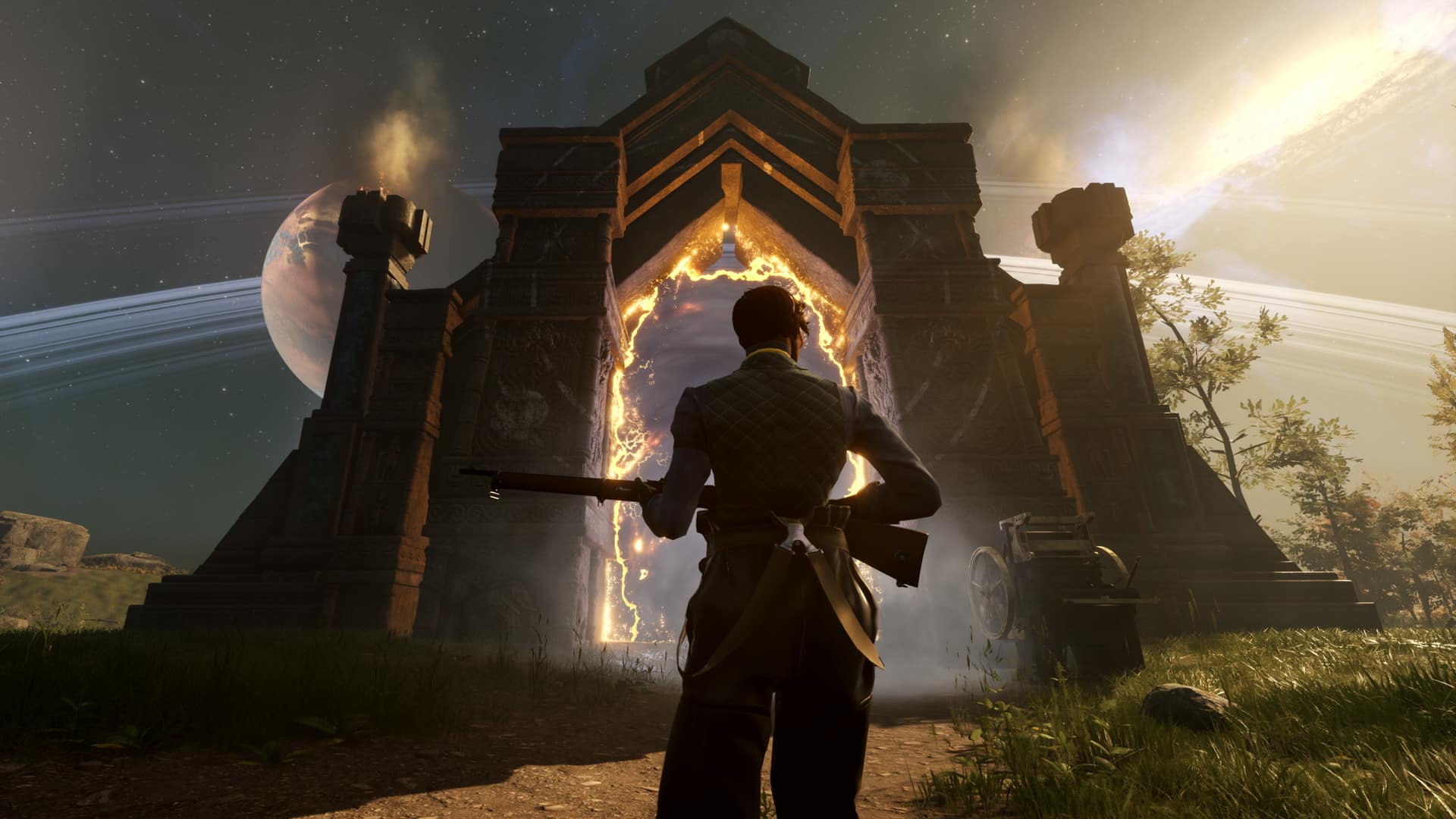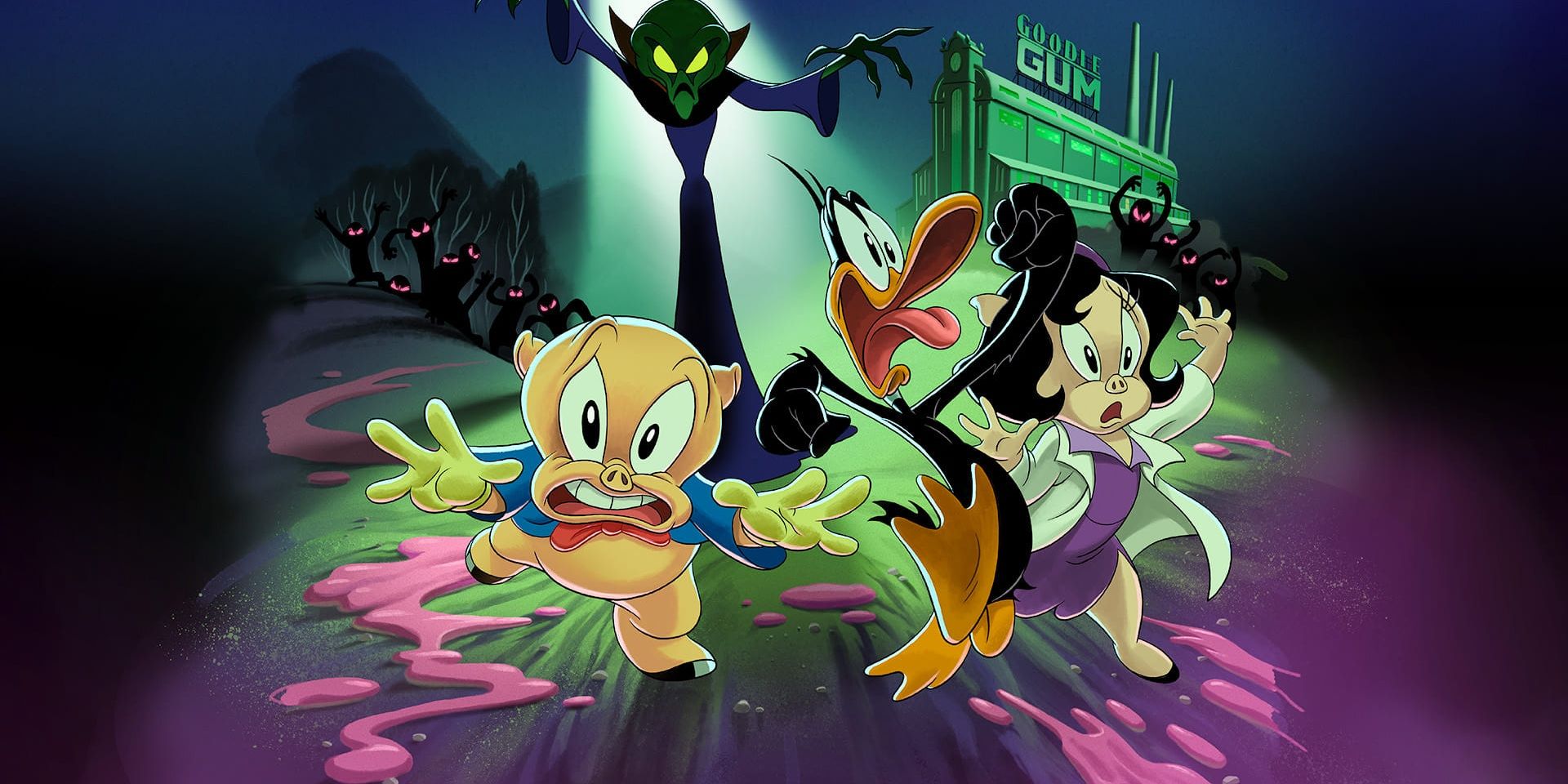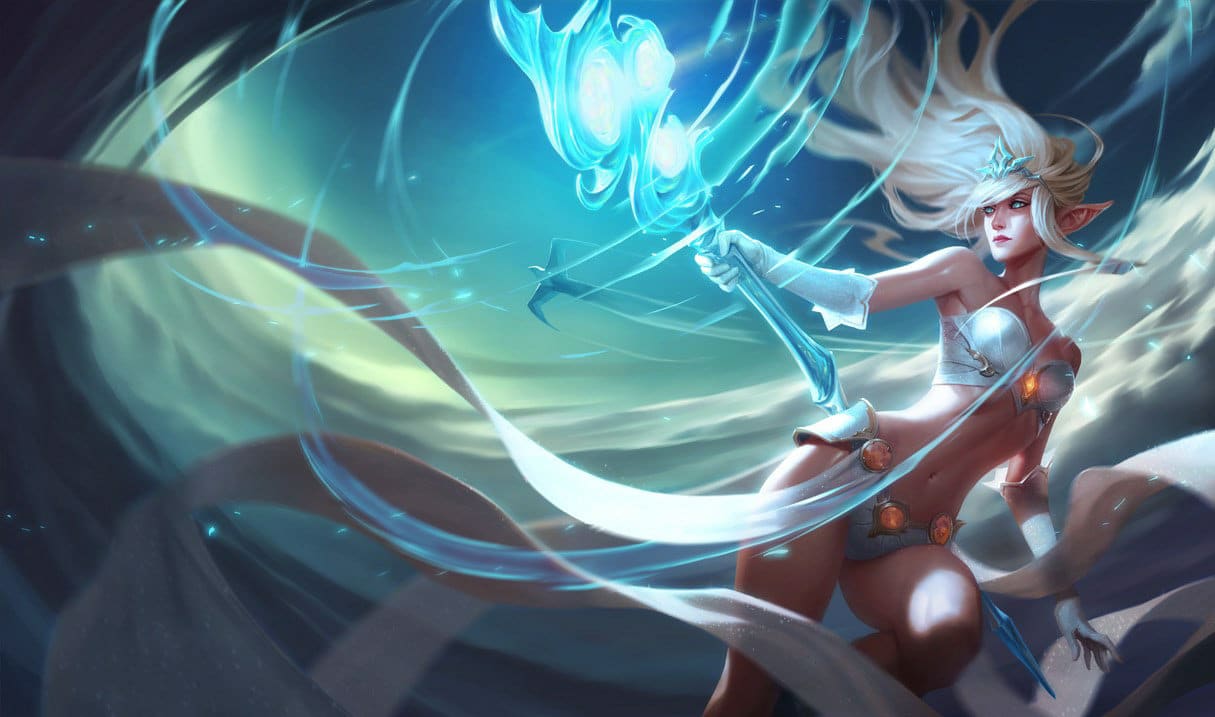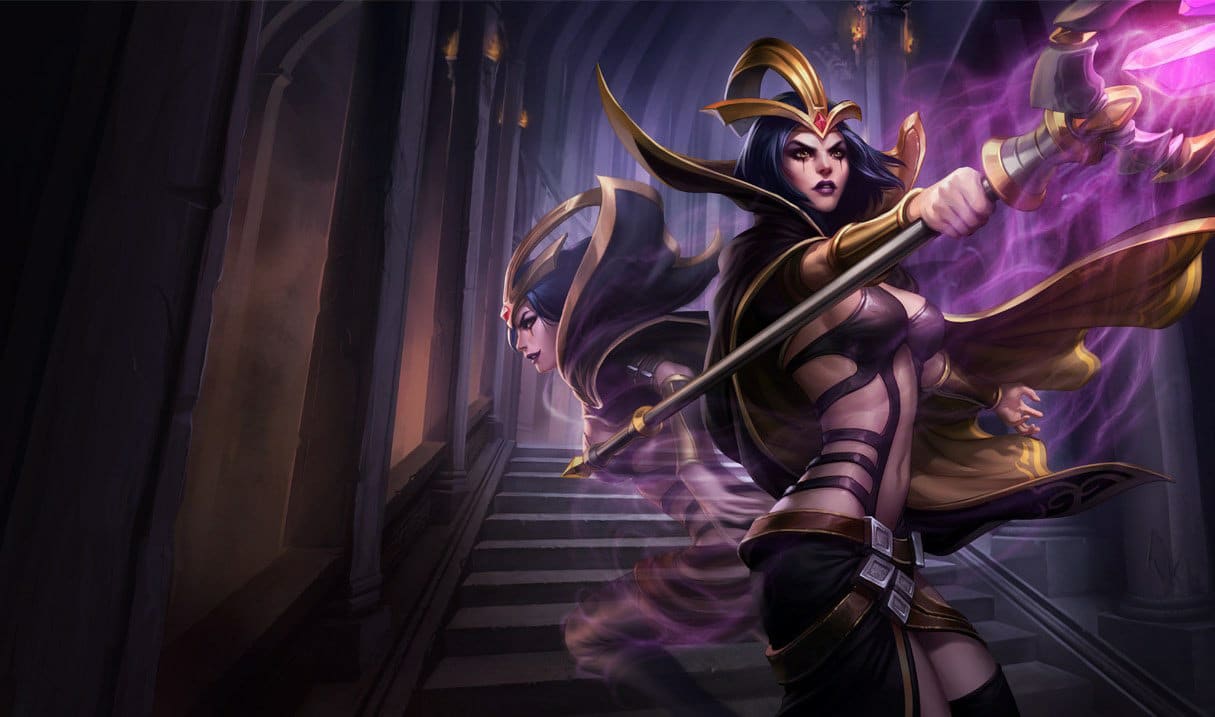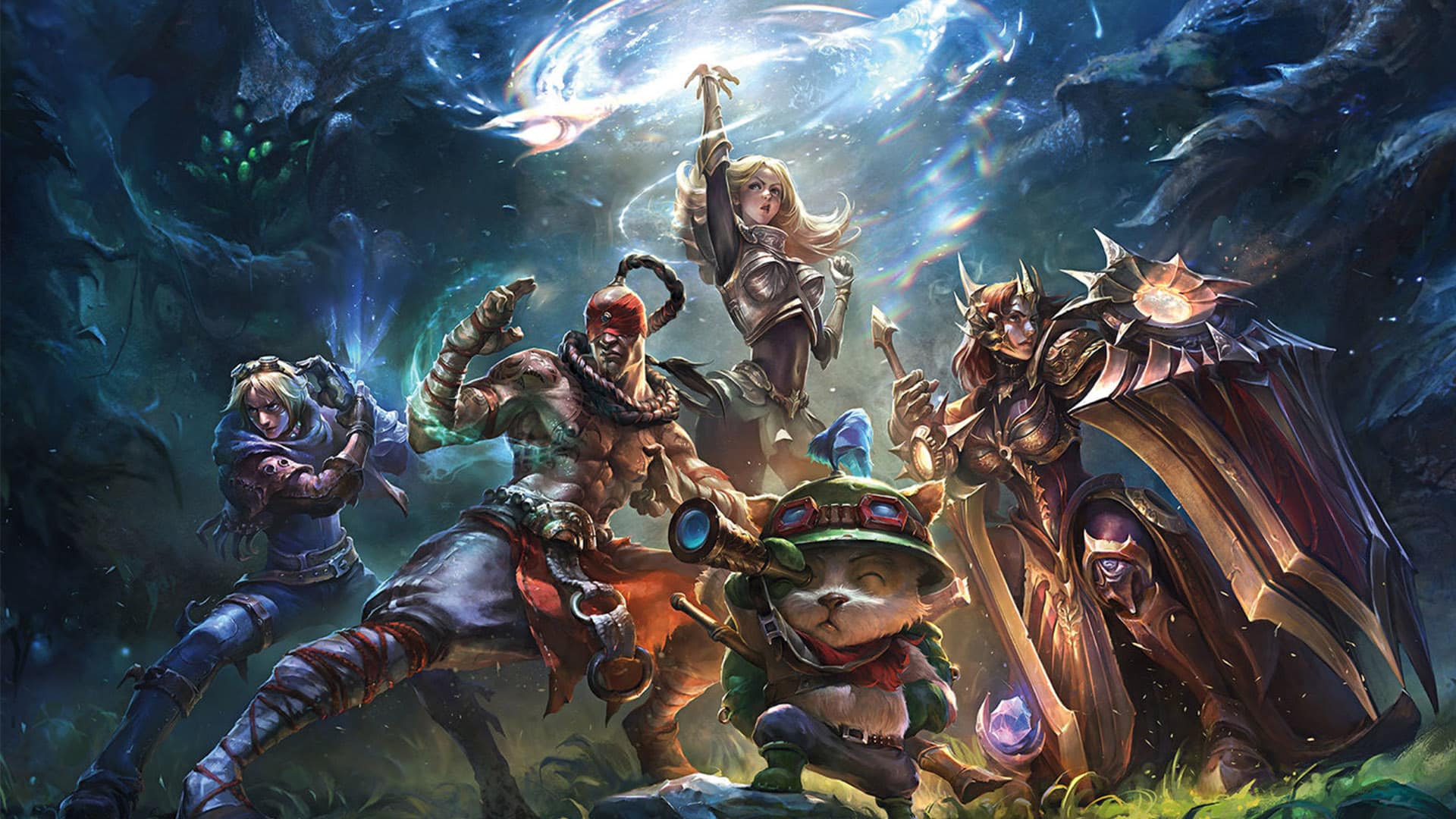
As a dedicated cinephile, one of my all-time favorite scenes is undoubtedly the first community dance from director Joe Wright’s debut feature. Recently, I had the pleasure of revisiting this movie, and I couldn’t be prouder to say that it’s back in theaters this weekend, as Focus Features celebrates its 20th anniversary. This particular scene, with its infectious energy, raw vitality, chaotic messiness, and overwhelming joy, still resonates deeply with me. In a recent interview with EbMaster, Wright shared his feelings about it, saying, “I’m very proud of that dance scene.


